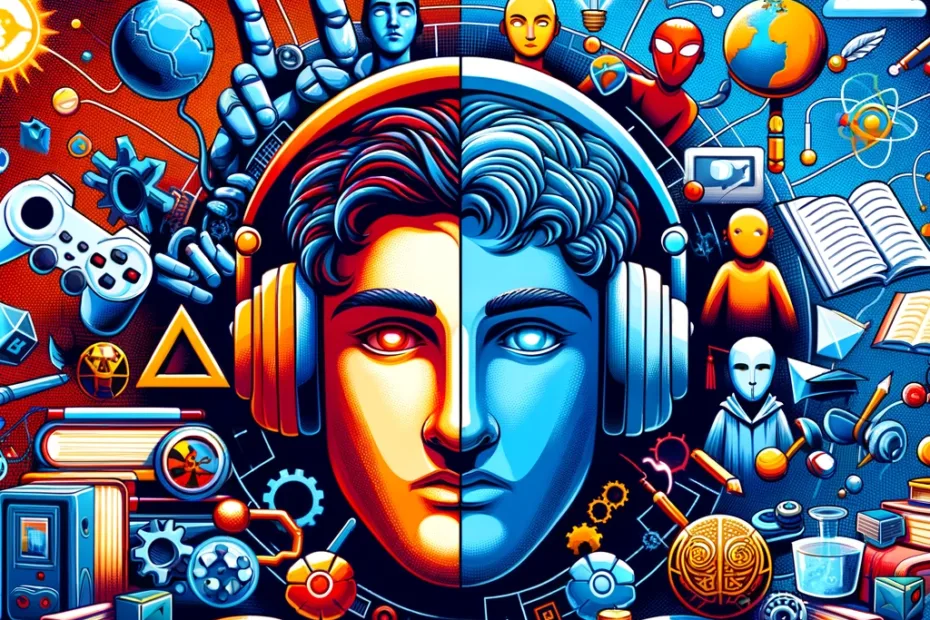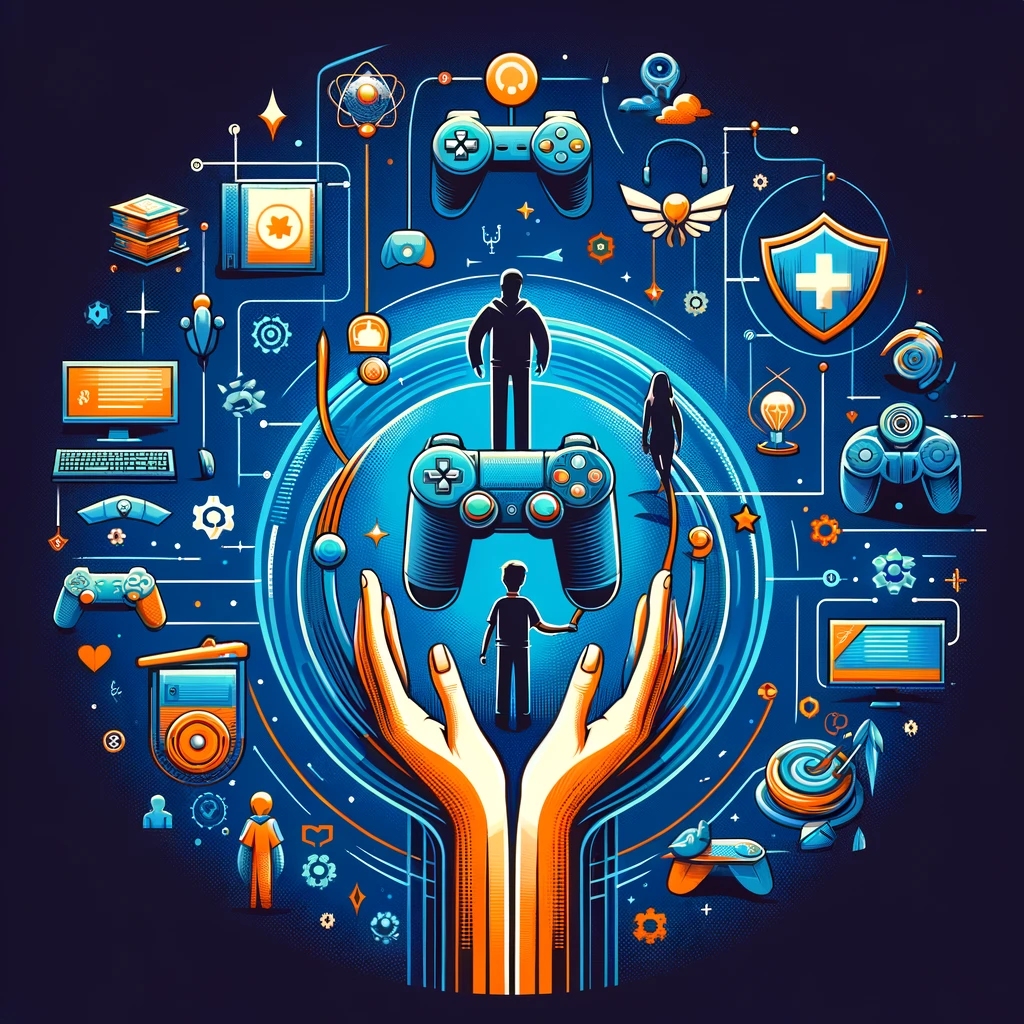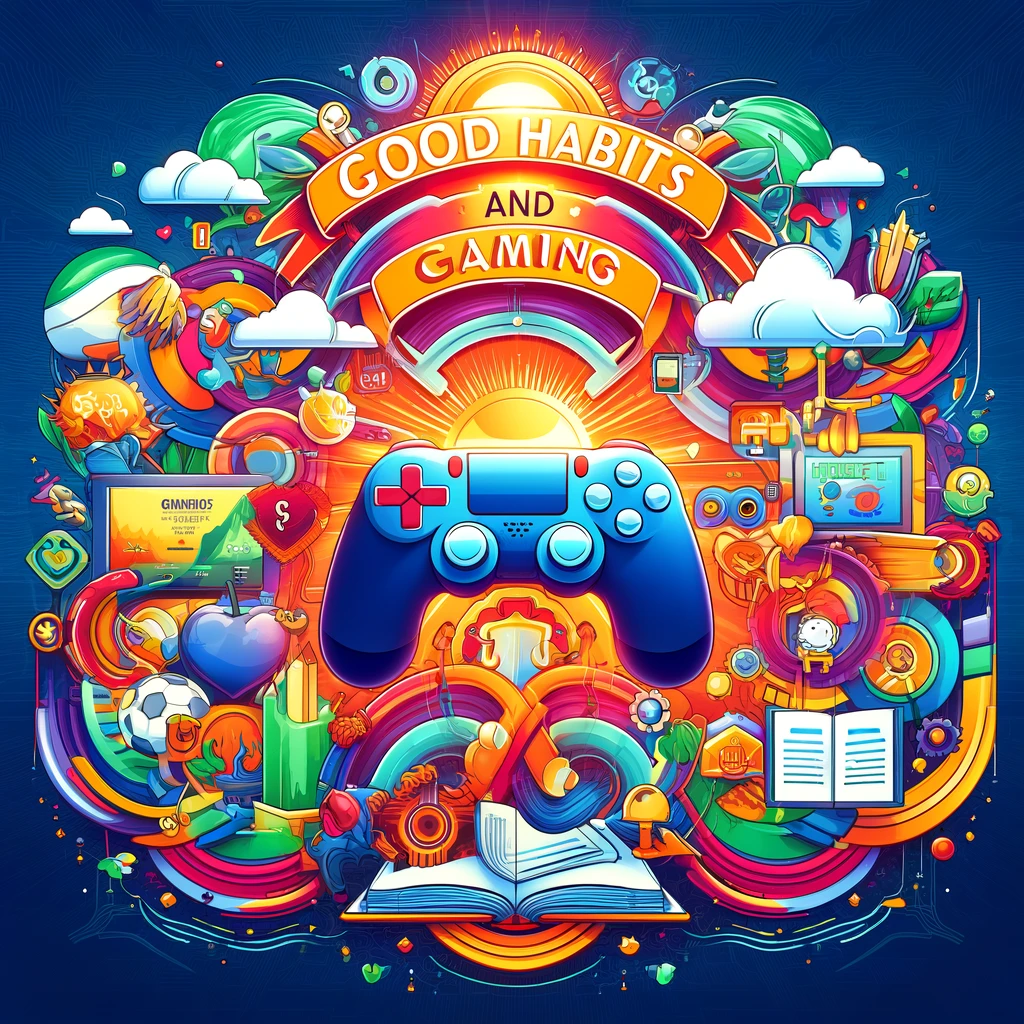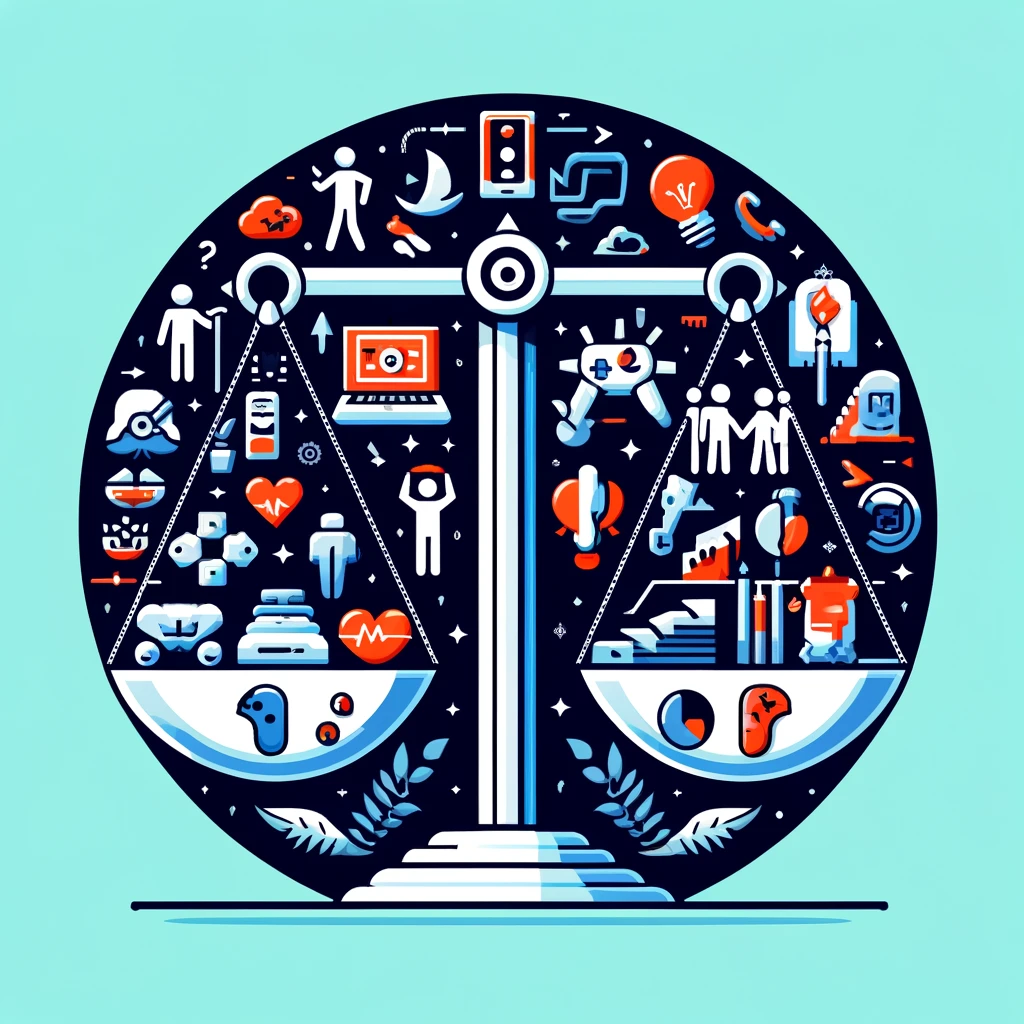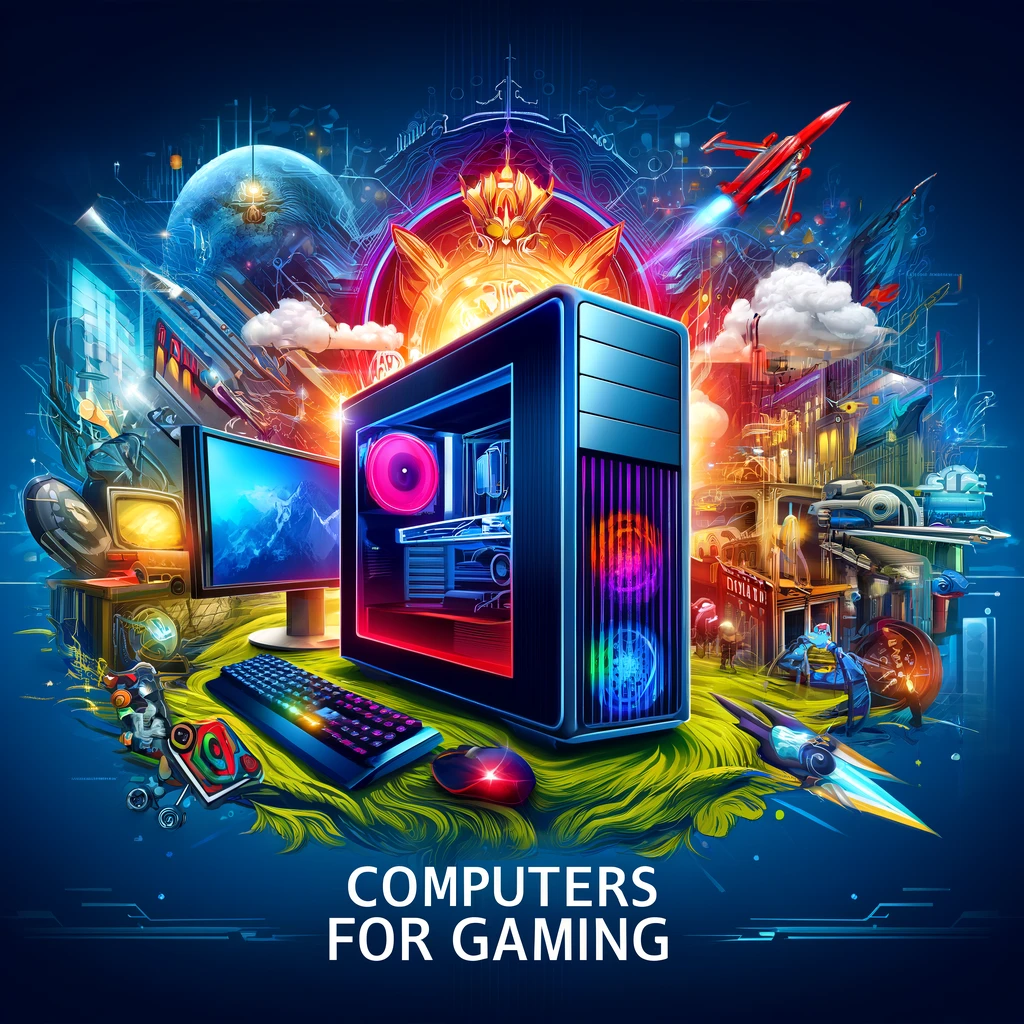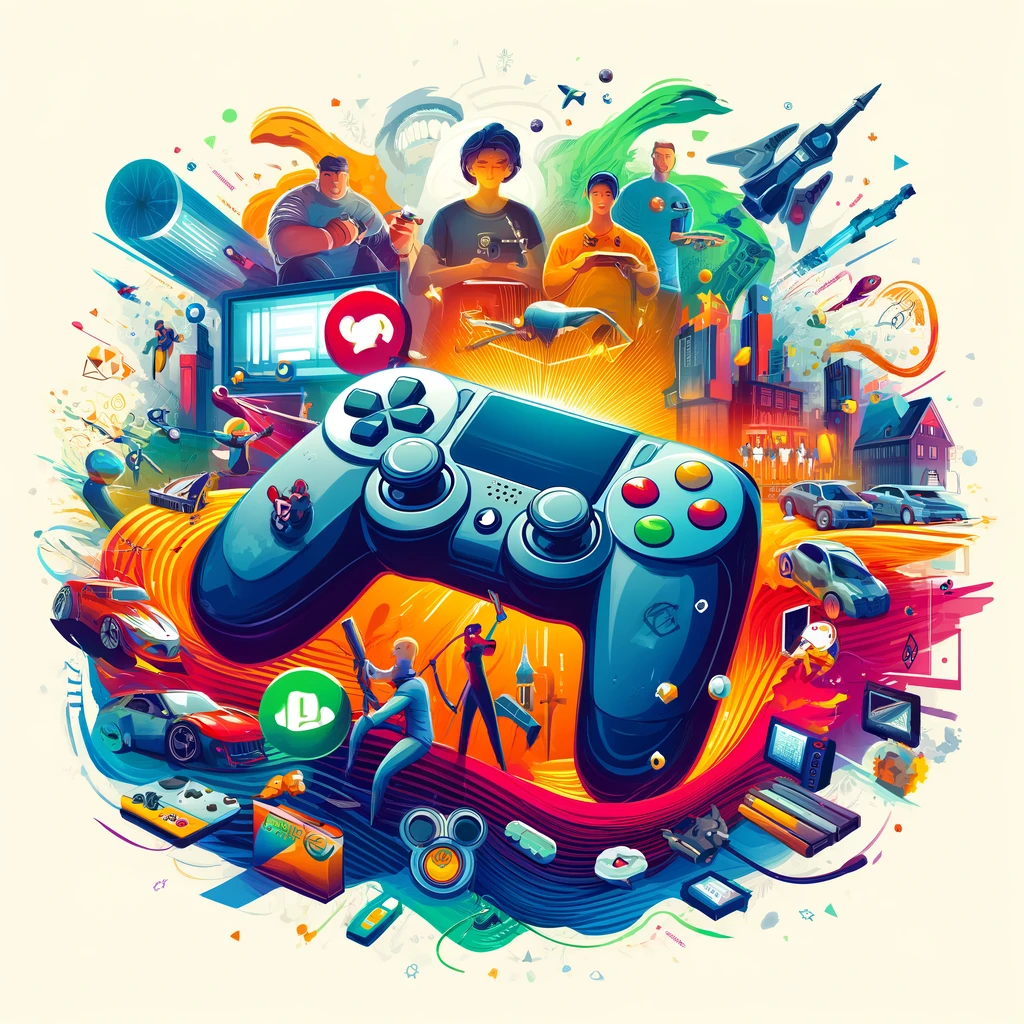Introduction to Game-Based Learning
The integration of gaming into educational settings marks a transformative shift in how we approach learning and teaching. Game-based learning leverages the engaging and immersive nature of games to foster a dynamic educational environment, where motivation and interaction pave the way for deeper understanding and retention of knowledge. This approach not only captivates students’ attention but also caters to various learning styles, making complex subjects more accessible and enjoyable. As we delve into the world of educational gaming, we uncover a realm where entertainment and education converge, offering promising avenues for enhancing traditional learning models.
The Psychology Behind Gaming and Learning
The efficacy of game-based learning lies in its ability to tap into fundamental psychological processes that drive human behavior and cognition. Games naturally stimulate the brain’s reward system, releasing dopamine and fostering a sense of achievement with each challenge overcome and level advanced. This reward mechanism, coupled with the interactive and problem-solving nature of games, enhances cognitive engagement and retention of information. Furthermore, games provide immediate feedback, allowing learners to understand the consequences of their decisions and strategies, promoting adaptive thinking and resilience in the face of challenges.
To illustrate these concepts, let’s visualize the psychological underpinnings of gaming and learning with an infographic.
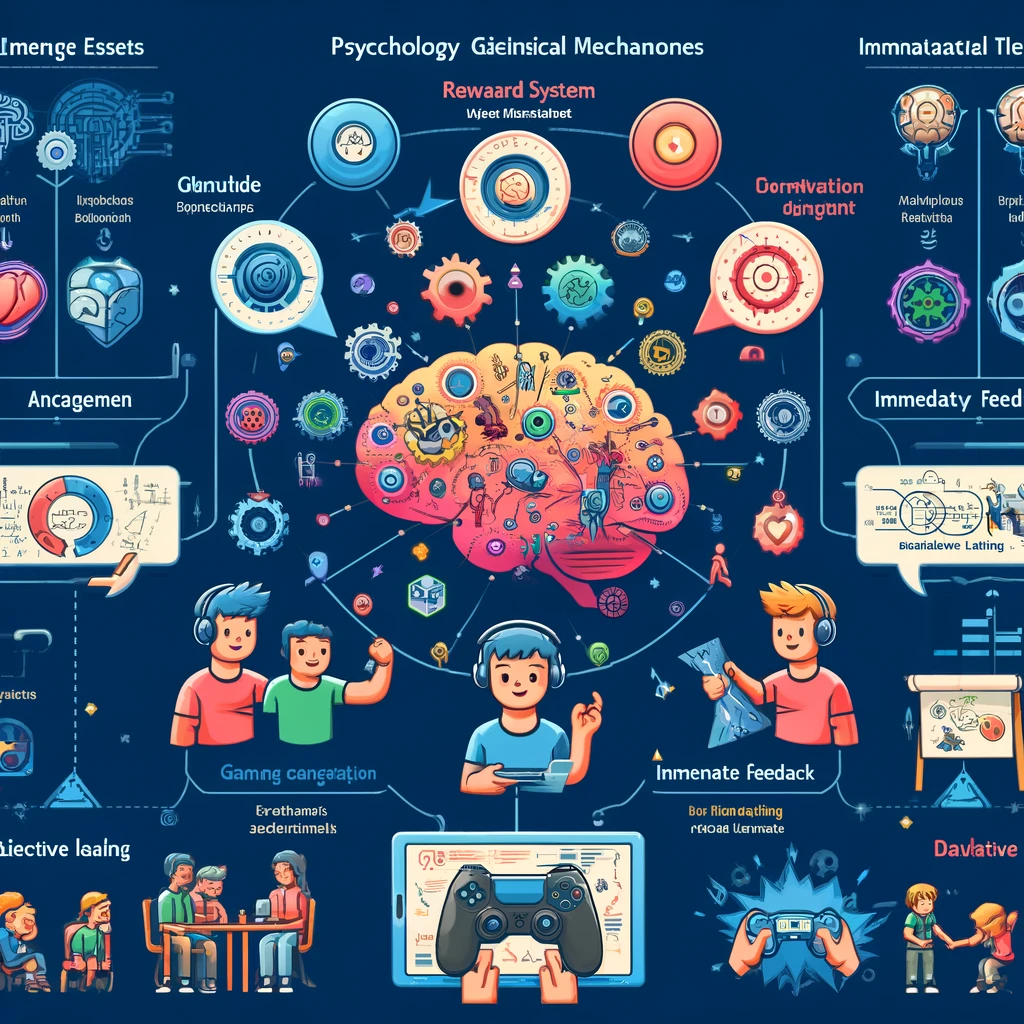
Here’s an infographic that succinctly explains the psychological underpinnings of game-based learning, illustrating how elements like the reward system, engagement, immediate feedback, and adaptive thinking contribute to a more effective learning experience. This visual aid demystifies the cognitive processes and motivational drivers enhanced by gaming, making it an insightful resource for educators and students alike.
Continuing with our article:
Case Studies of Successful Game-Based Learning
Numerous case studies highlight the impactful implementation of game-based learning across various educational levels and subjects. For instance, “Minecraft: Education Edition” has been utilized in classrooms around the world to teach subjects ranging from history and science to mathematics, encouraging creativity, problem-solving, and collaboration among students. Another example is “Foldit,” a puzzle game that has enabled players to contribute to scientific research by folding proteins, showcasing the potential of games to facilitate real-world problem-solving and learning.
To bring these examples to life, let’s include a snapshot of a successful educational gaming program.
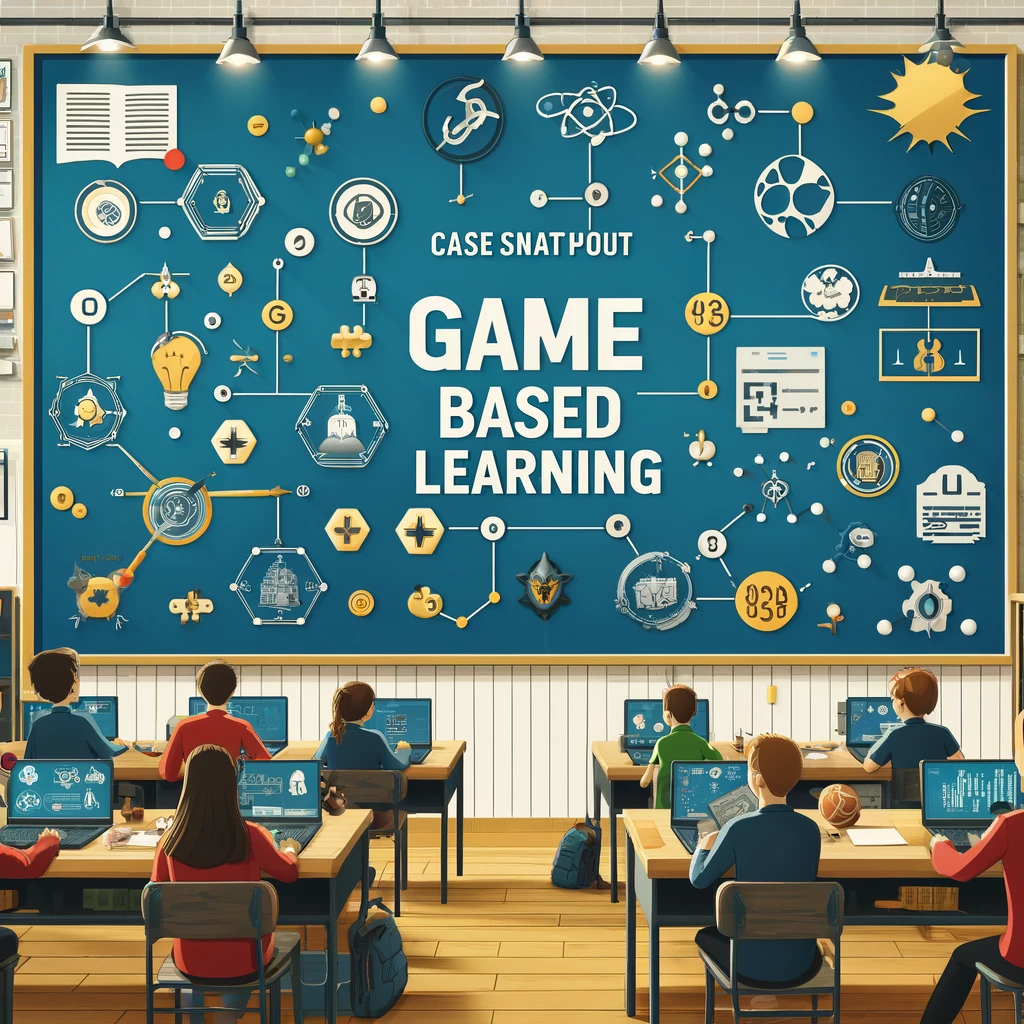
This visual snapshot illustrates a vibrant classroom where students are deeply engaged with an educational game, embodying collaboration, problem-solving, and enjoyment. The game’s content, hinted at through visual elements like historical landmarks or molecular structures, enriches the learning experience, showcasing the dynamic and effective integration of gaming into education.
Moving forward in our article:
Technological Advancements Supporting Educational Gaming
The advent of VR, AR, and AI technologies has significantly expanded the possibilities within educational gaming, offering immersive and interactive learning experiences that were previously unimaginable. Virtual Reality transports students to historical battlefields or distant planets, providing a visceral understanding of curriculum content. Augmented Reality overlays educational content onto the real world, making learning more tangible and engaging. AI tailors learning experiences to individual student needs, adapting in real-time to challenge and support learners at their own pace.
To envision how these technologies are transforming educational spaces, let’s conceptualize a future classroom leveraging VR and game-based learning.
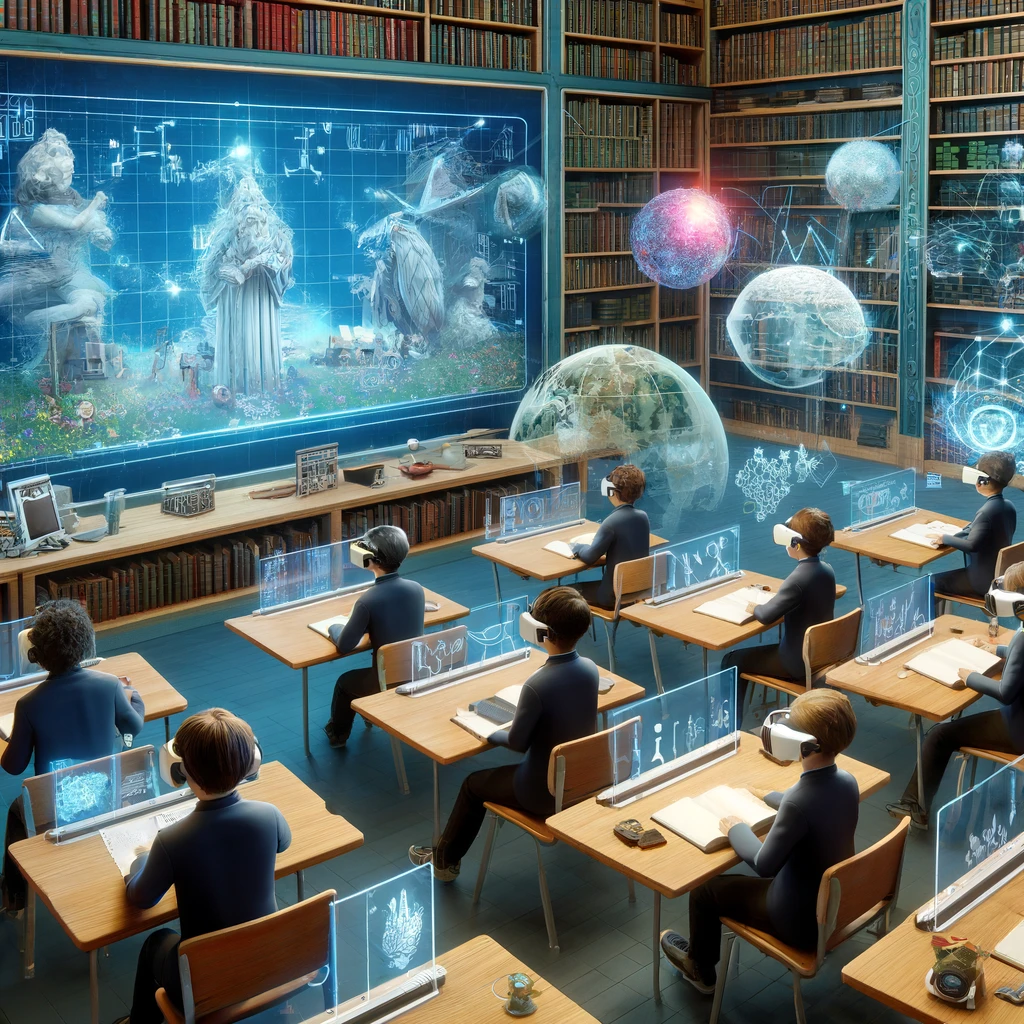
This concept art envisions a futuristic classroom where VR and game-based learning are central to the educational experience. Students are shown deeply immersed in VR, engaging with virtual simulations that bring historical events, scientific phenomena, and mathematical concepts to life. The integration of interactive displays and advanced technology within the classroom illustrates a seamless blend of traditional education and cutting-edge gaming, creating an environment of engagement, curiosity, and wonder.
Continuing with our article:
Challenges and Solutions in Implementing Game-Based Learning
While the integration of gaming into education offers numerous benefits, it also presents challenges, including technological accessibility, curriculum alignment, and ensuring educational value in game content. Solutions involve collaborative efforts among educators, game developers, and policymakers to develop standards and best practices for educational gaming, invest in infrastructure to ensure equitable access, and foster ongoing research to validate and refine game-based learning methodologies.
The Future of Education: Predictions and Possibilities
As we look to the future, the convergence of gaming and education is poised to redefine traditional learning paradigms. With advancements in technology and a growing recognition of game-based learning’s potential, we may see more widespread adoption of interactive and immersive educational experiences. These developments promise to make learning more personalized, engaging, and effective, preparing students not only for academic success but for a lifetime of curiosity and exploration.
This exploration of the intersection of gaming and education highlights the transformative potential of integrating interactive entertainment into learning environments. As educational gaming continues to evolve, it holds the promise of enriching the educational landscape, making learning an engaging, enjoyable, and effective journey for students around the globe.
